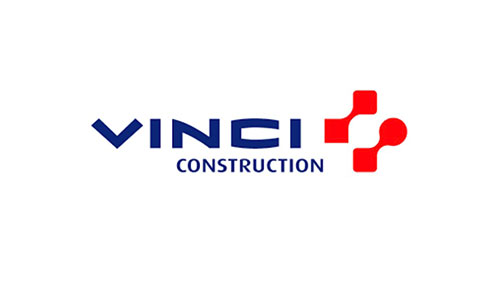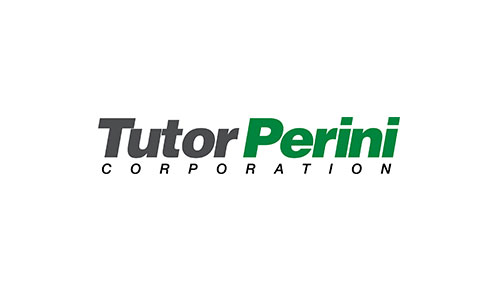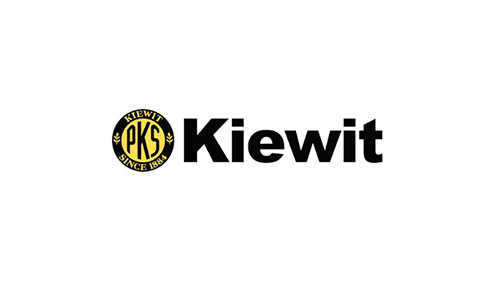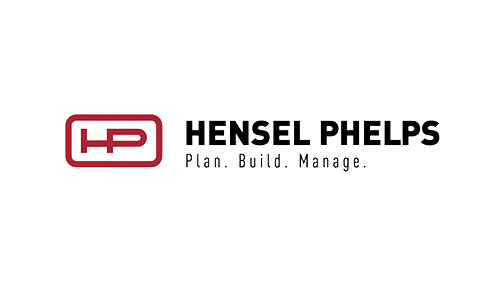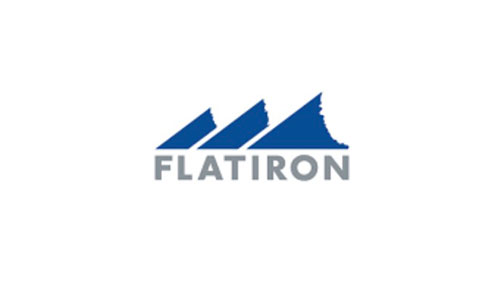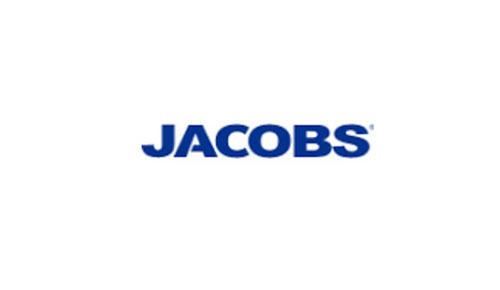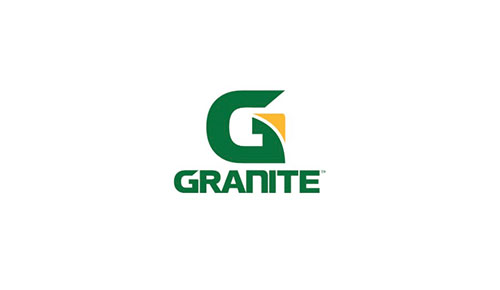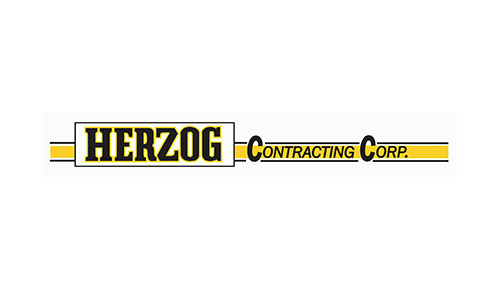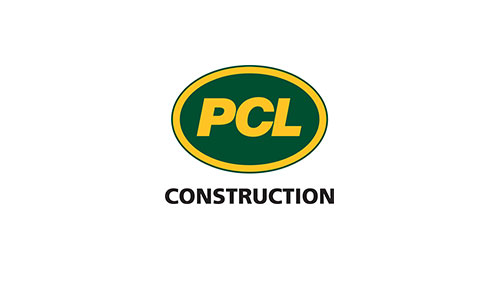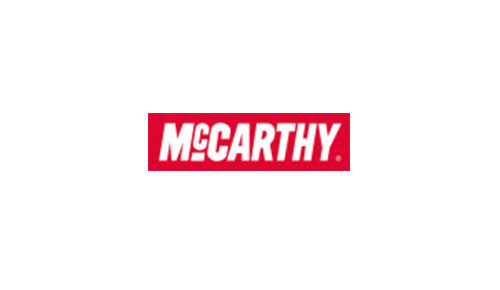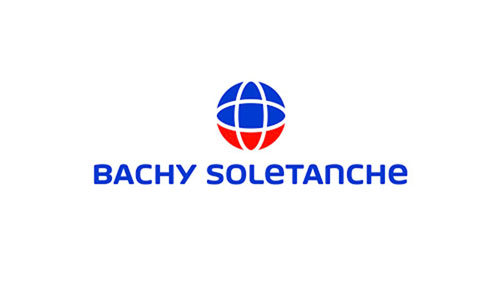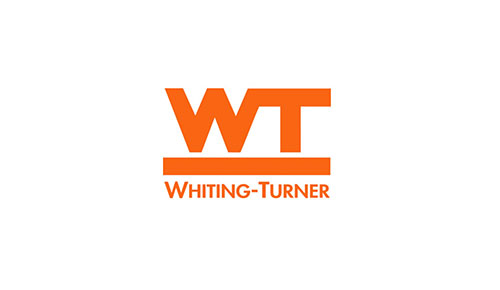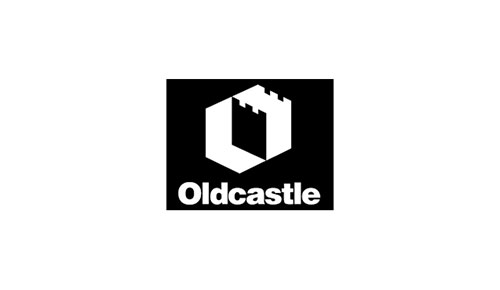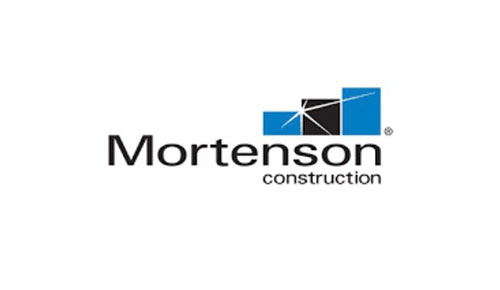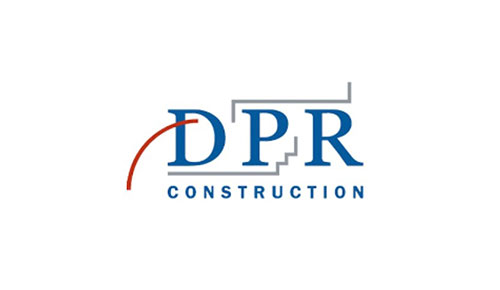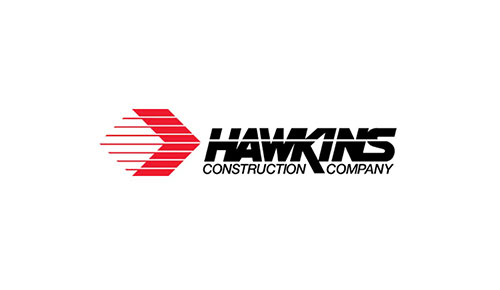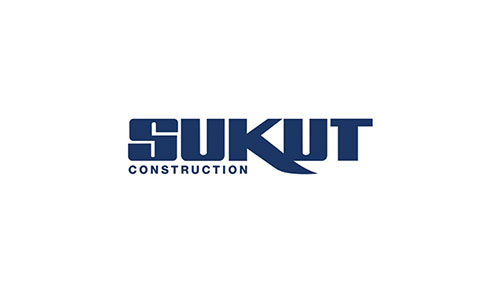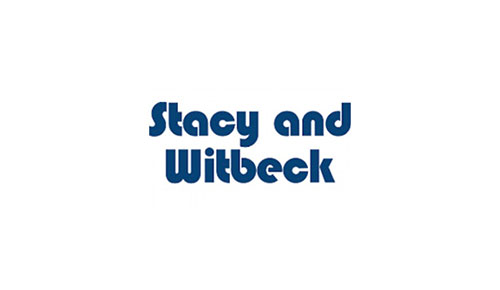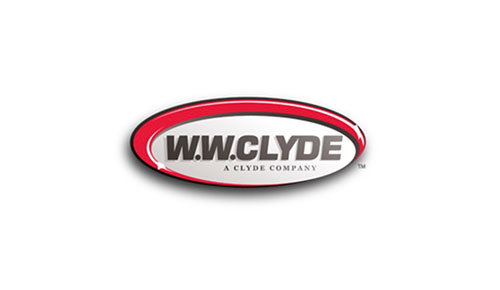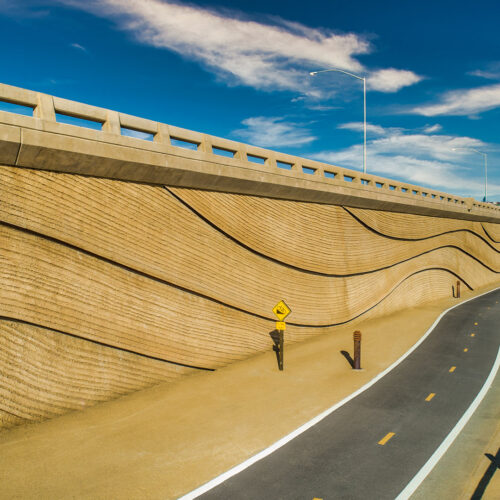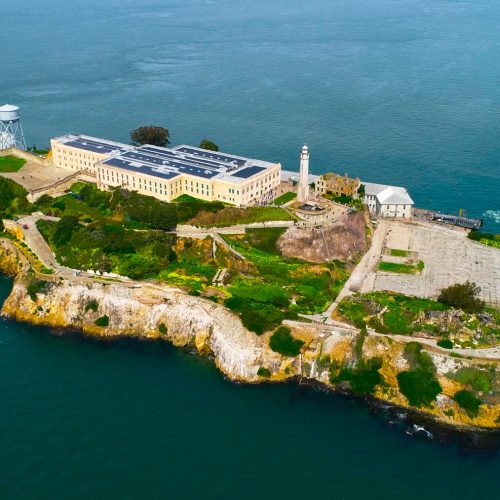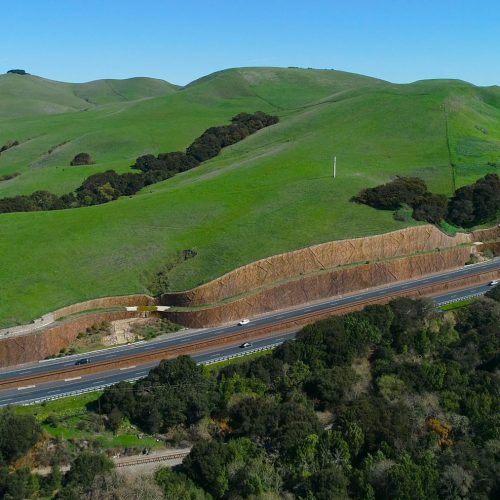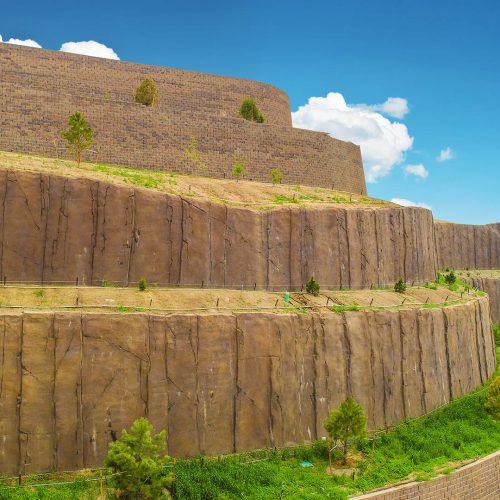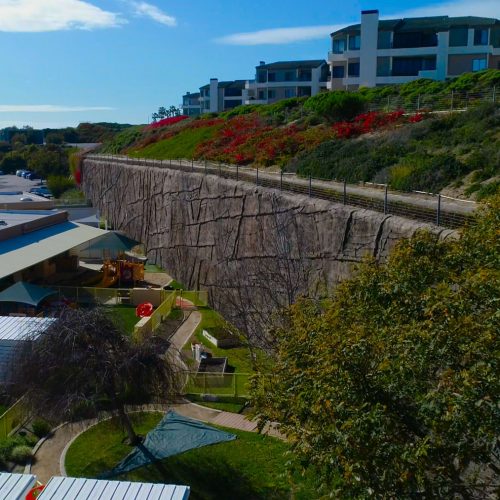Shotcrete Rock Carving Techniques
Replicating the beauty of natural stone formations has long been a goal in architectural concrete work. With specialized shotcrete rock-carving techniques, artisans can now recreate the intricate textures, fractures, and colorations of real rock with remarkable realism. This article explores how shotcrete is used to imitate nature through sculpting, molding, and staining processes that blend structural integrity with artistic craftsmanship.
Capturing Nature in Concrete
While traditional methods like precast molds and form liners attempt to mimic stone, they often fall short of the randomness and detail found in nature. Shotcrete, when freshly applied, becomes a versatile medium for shaping and texturing. Skilled nozzlemen and finishers use specialized tools to sculpt fracture lines, strata, and outcroppings directly into the surface, creating formations that visually echo local geological features.
Method and Material
The process begins with studying the characteristics of the rock being imitated—its color, shape, and mineral patterns. A reinforced shotcrete base is sprayed to build up the basic form, followed by hand carving using knives, scrapers, and texture mats. In many cases, especially around pools or landscapes, cast panels taken from real rock surfaces are hung onto the structure using stainless steel rods, then blended into the surrounding hand-carved sections.
Mock-Ups and Casting
To ensure accuracy and reduce errors, full-scale mock-ups are often used. When castings are needed, artisans make silicone or urethane molds directly from real rock. These molds are used to create panels that are later attached to the shotcrete substrate, grouted, and detailed to match the overall texture and appearance. Areas that are too tight for cast panels are sculpted by hand to ensure a seamless look.
Coloration Techniques
Realistic rock finishes rely heavily on strategic coloration. Using mineral-based stains containing iron, copper, or natural pigments, artisans build up layers of color, starting light and progressively darkening to match the natural patina. Particular attention is paid to cracks and crevices, where initial color defines shape and depth before final tones are added.
Regional Applications
In places like Hawaii, shotcrete rock carving has been adapted to recreate local basalt and lava flows. Artisans avoid rounded edges, focusing on straight fractures and rugged lines to match the regional geology. Using various carving tools and finishes, the surface is textured with gloves, brushes, and trowels to achieve a natural appearance.
Versatility and Aesthetic Impact
Shotcrete rock carving techniques are used in infrastructure walls, luxury landscaping, pools, grottos, waterfalls, and themed environments. Whether using full cast panels or hand-sculpted details, these methods provide durable and visually stunning alternatives to natural stone. The final result often blends seamlessly with real geological formations, enhancing visual cohesion and appeal.
Shotcrete rock carving bridges the gap between engineering and artistry. With the right methods, tools, and a skilled team, concrete can be transformed into breathtaking rockscapes that pay homage to the beauty of nature while offering the practical advantages of modern shotcrete construction.
Contact Boulderscape, Inc.
Address: 1050 Calle Negocio, San Clemente, CA 92673
Office: (949) 661-5087 | Fax: (949) 661-3397
Website:www.Boulderscape.com
“Installers of more than 14 million square feet of structural/architectural shotcrete nationwide”


